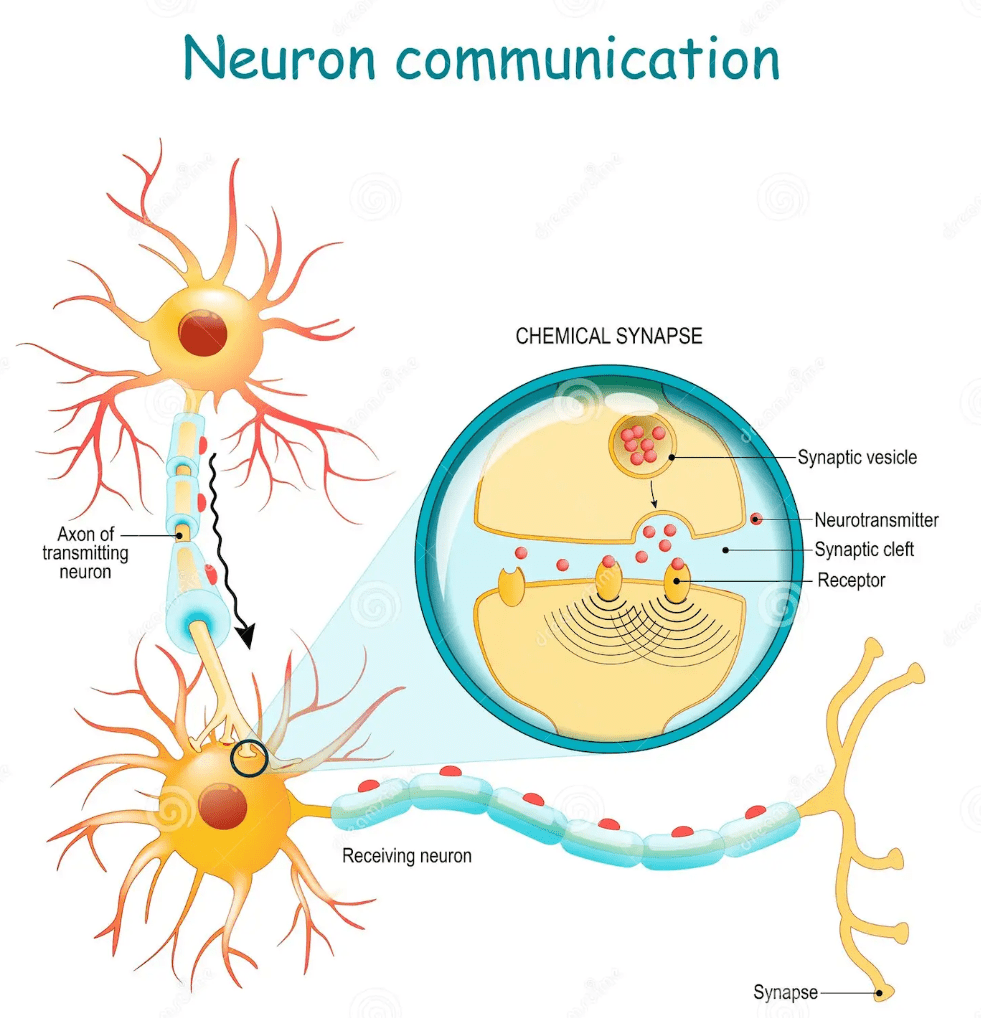Explain what is Photosynthesis?
Photosynthesis is the process of storing the energy from the sun in the chemical bonds of glucose (sugar)
Which component of blood is responsible for fighting pathogens?
A) Red blood cells
B) Platelets
C) Plasma
D) White blood cells
D) White blood cells
Where does most chemical digestion and nutrient absorption occur?
A) Stomach
B) Small intestine
C) Large intestine
D) Esophagus
Answer: B) Small intestine
Which statement about enzymes is true?
A. Enzymes are consumed during reactions.
B. Enzymes lower the activation energy of reactions.
C. Enzymes work best at any pH or temperature.
D. Enzymes slow down cellular reactions.
Answer: B
Explanation: Enzymes speed up reactions by lowering their activation energy
What is a pathogen? (and Give 2 examples of them)
Pathogen: invaders of the human body (Parasites, Fungus,Virus, & Bacteria)
Explain what is Cellular Respiration? What organelle does this process occur in?
- Cellular Respiration is the process used by ALL organisms to produce energy by using oxygen to burn sugar in order to release energy in the form of (ATP).
- Organelle used in this process: Mitochondria
Which structure is the site of gas exchange in the lungs?
A) Trachea
B) Bronchi
C) Alveoli
D) Bronchioles
Answer: C) Alveoli
Excretory System
Which organ filters metabolic wastes like urea from the blood and helps regulate water?
A) Liver
B) Kidney
C) Lungs
D) Skin
Answer: B) Kidney
An enzyme has an optimal pH of 7.5. What would most likely happen if it was placed in a solution of pH 4?
A. Rate of reaction increases.
B. No change in the enzyme’s activity.
C. Enzyme acts as a substrate.
D. Enzyme activity decreases due to denaturation.
Answer: D
Explanation: Enzyme structure is pH-sensitive. Deviations from optimal pH can denature the enzyme and reduce activity Reddit.
Which substance typically triggers an immune response when detected by the body?
A) Enzymes
B) Antigens
C) Hormones
D) Passive proteins
B) Antigens
Name each part of the Cellular Respiration formula in order:

Explain how insulin works to control blood sugar.
When blood sugar rises, the pancreas releases insulin, which helps cells absorb glucose and lowers blood sugar—this is a negative feedback mechanism.
A vaccine works by causing the body to produce which specific proteins?
A) Antigens
B) Enzymes
C) Antibodies
D) Hormones
Answer: C) Antibodies
Which change would most likely increase the rate of an enzyme-catalyzed reaction?
A) Decreasing substrate concentration to very low levels
B) Increasing temperature from 20 °C to 37 °C
C) Changing pH from the enzyme’s optimum to a highly acidic value
D) Adding a non-competitive inhibitor
B) Increasing temperature from 20 °C to 37 °C
Explanation: Raising temperature generally increases enzyme activity by speeding up collisions between enzyme and substrate—up to the optimum temperature (typically ~37 °C for human enzymes).
A flu vaccine contains parts of a weakened virus. What does this stimulus cause the body to produce?
A) Enzymes
B) Antibodies
C) Red blood cells
D) Toxins
Correct Answer: B) Antibodies
Explanation: Vaccines stimulate the immune system to produce specific antibodies and memory cells against the pathogen .
Name each part of the Photosynthesis formula in order:

State one primary difference between male and female reproductive systems.
A: Males produce sperm in testes, while females produce eggs in ovaries.
A diagram of two nerve cells (Neuron X and Neuron Y) shows a signal being transmitted from Neuron X to Neuron Y across a small gap.

Which process is being illustrated in the diagram?
A) Cellular communication via neurotransmitters
What are three thing that affect how a enzymes works?
1. Shape- “Lego Model” the shape doesn’t fit the chemical reaction will
not work.
2. Temperature- each enzyme works best at a specific temperature
Enzymes work best at 98.6 F or (37C)
3. PH scale (is use to measure if a substance is acidic, neutral or base)
Describe the difference between innate and adaptive immunity, and give one example of each.
Innate immunity is the body's immediate, non-specific defense against pathogens (skin barrier & white blood cells ).
Adaptive immunity is a specific response developed over time, involving (Memory cells/ B cells) and (White blood cell the kill specific virus/ T cells) that target particular pathogens, such as producing antibodies in response to a vaccine.
Under what condition would a plant’s stomata likely close?
A) High CO₂ daytime environment
B) Low light and water abundance
C) Hot, dry conditions to reduce water loss
D) High humidity and low temperature
Answer: C
Explanation: Guard cells close stomata during hot, dry conditions to conserve water
Which pair of body systems work together to move oxygen from the air into cells and remove carbon dioxide from the body?
A) Circulatory and digestive
B) Respiratory and circulatory
C) Nervous and endocrine
D) Excretory and integumentary
Correct Answer: B) Respiratory and circulatory
Explain how the digestive system and circulatory system work together to provide nutrients to body cells. In your answer, describe the path of nutrient absorption and distribution.
The digestive system breaks food down into small molecules (glucose, amino acids, fatty acids) in the small intestine.
These nutrients are absorbed into blood vessels within the intestinal wall.
The circulatory system then transports these nutrients through the bloodstream to all body cells, where they are used for energy, growth, and repair .
Outside of speeding up chemical reactions name something esle enzymes are use for?
Enzymes (Are also used in Gene splicing which is
cutting DNA of a organism & placing it into
another organism.)
Which statement best explains this reaction?
A) The immune system mistakenly identifies harmless cat antigens as harmful invaders.
B) The respiratory system fails to filter cat antigens from inhaled air.
C) Cat antigens are inherently harmful and always cause disease.
D) Cat antigens inhibit the immune system's ability to produce antibodies.
Correct Answer: A) The immune system mistakenly identifies harmless cat antigens as harmful invaders.